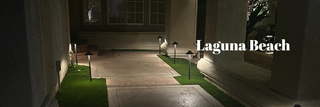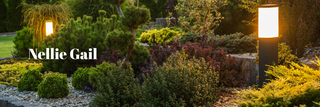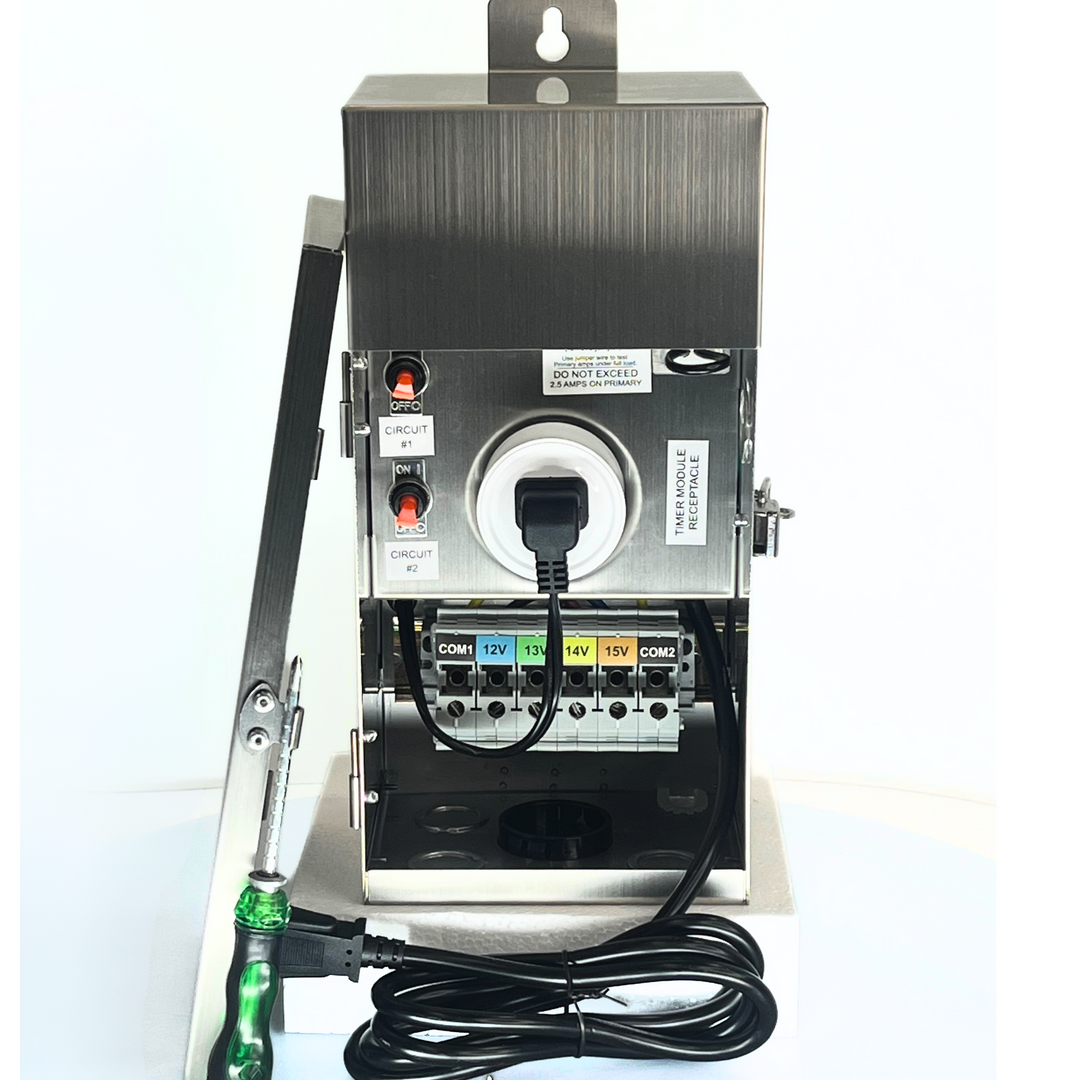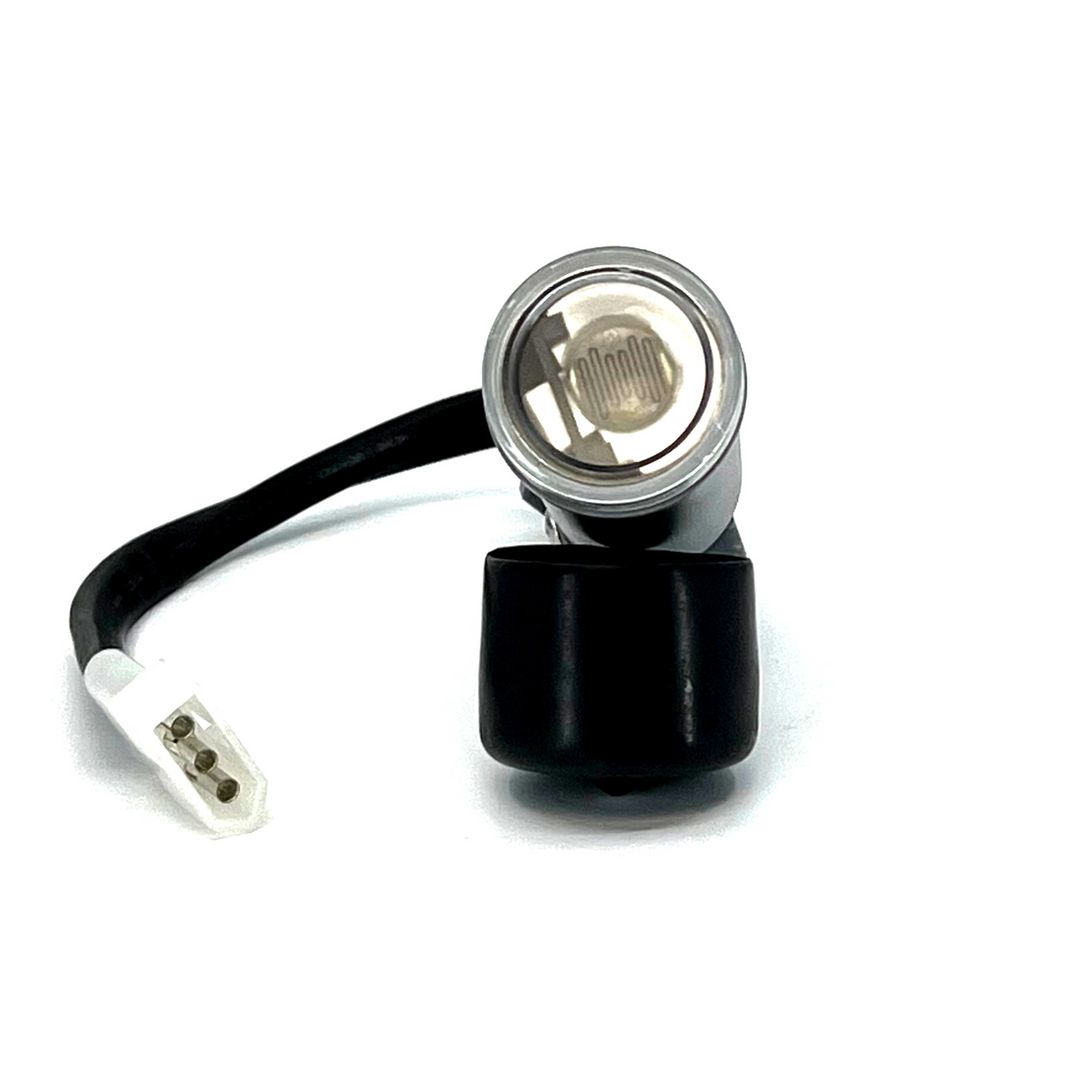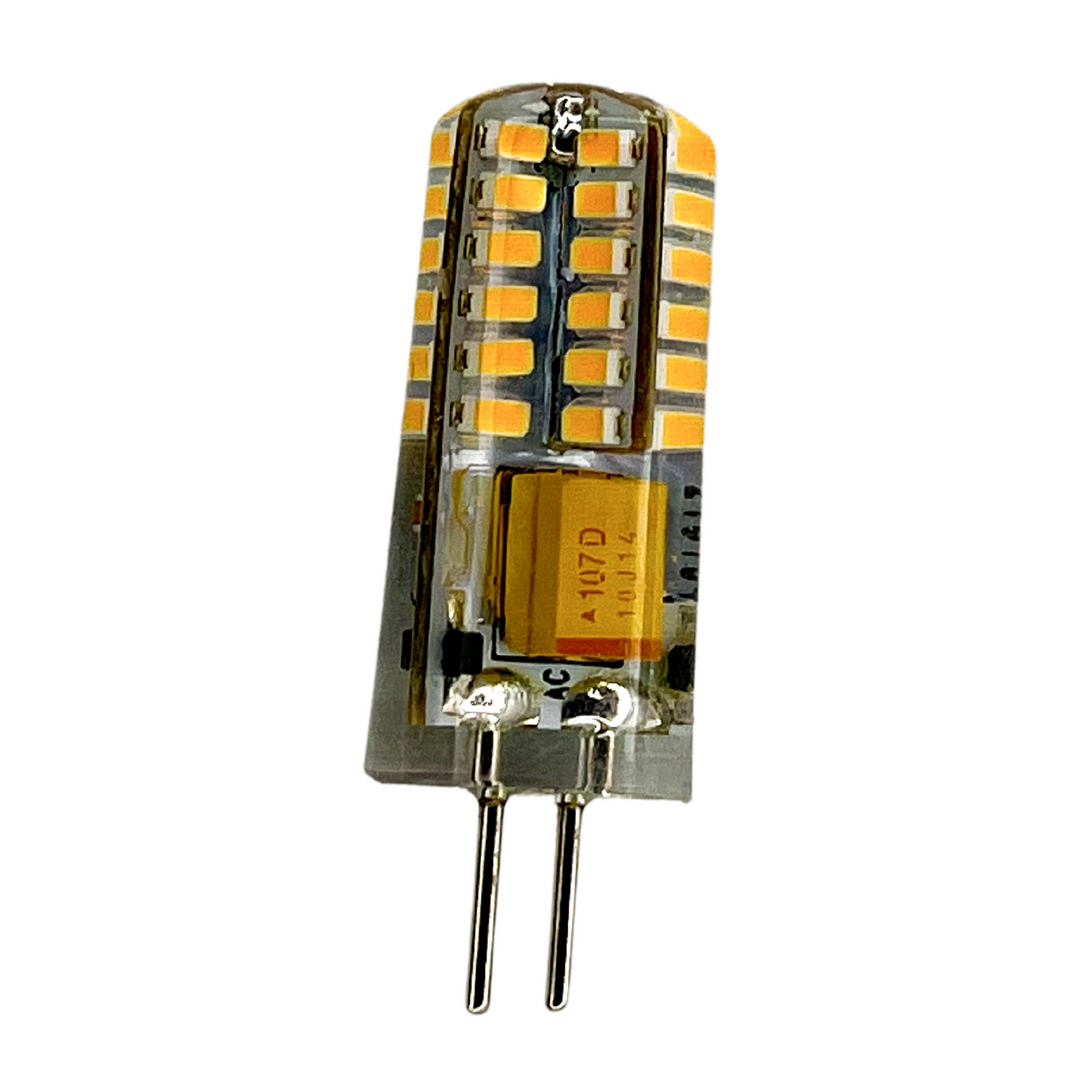
Exterior lighting for security: Tips from the experts
|
|
Time to read 7 min
When it comes to safeguarding your home, Exterior Lighting is one of the most effective and cost-efficient measures you can take. Properly installed outdoor lighting can deter potential intruders, increase the safety of your property, and enhance its overall aesthetic appeal. This comprehensive guide will cover the role of exterior lighting in home security, discuss various types of outdoor lighting options, and provide practical tips on placement and maintenance.
The Role of Exterior Lighting in Home Security
Deter Potential Intruders
A well-lit exterior significantly reduces the likelihood of break-ins by eliminating dark areas where intruders might hide. Criminals are less likely to target homes with adequate lighting because it increases the chance of being spotted by neighbors or caught on surveillance cameras. Motion-activated lights, for instance, can startle intruders and draw attention to their presence, making them think twice before attempting to break in.
Enhancing Safety for Residents
In addition to deterring criminals, exterior lighting improves safety for residents and guests. It illuminates pathways, stairs, and entry points, reducing the risk of trips and falls. Well-lit driveways and walkways are particularly important during the darker months of the year when visibility is reduced. Lighting also aids in identifying visitors before opening the door, adding an extra layer of security.
Types of Outdoor Lighting for Enhanced Security
Motion-Activated Lights
Motion-activated lights are highly effective for home security. These lights automatically turn on when they detect movement within a specified range, catching intruders off guard and potentially scaring them away. They are ideal for covering areas that are not in direct line of sight, such as the sides and back of the house, garages, and secluded entryways.
To maximize their effectiveness, it is crucial to install motion-activated lights in areas where intruders are most likely to approach. The detection range and sensitivity of the sensors should be appropriately set to avoid false alarms caused by animals or passing vehicles. Opt for models with adjustable settings that allow you to control the duration and intensity of the light.
Perimeter Lighting
Strategically placed perimeter lighting is another key component of a robust home security plan. By illuminating the boundaries of your property, such as fences, walls, and driveways, you create a well-lit barrier that is difficult for intruders to cross without being noticed.
Perimeter lighting can be achieved using a combination of floodlights, which provide broad coverage, and pathway lights, which illuminate specific routes and entry points. Ensure there are no gaps in coverage to prevent intruders from exploiting dark spots. Consider installing lights at varying heights to avoid casting deep shadows that could provide cover for intruders.
Smart Lighting Solutions
Smart lighting offers advanced features that enhance both security and convenience. With smart lighting systems, you can control your outdoor lights remotely via smartphone apps, set schedules, and adjust brightness levels according to your needs. These systems can also be integrated with other security devices, such as cameras and alarms, creating a comprehensive home security network.
One of the most significant advantages of smart lighting is its ability to simulate occupancy when you're away. By programming lights to turn on and off at different times, you can make it appear as though someone is home, thereby deterring potential burglars. Additionally, smart lights can be set to activate based on specific triggers, such as motion detection or door sensors, providing an immediate response to any unusual activity
Practical Tips for Optimal Lighting Placement
Cover All Entry Points
All entry points to your home, including doors, windows, and garages, should be well-lit. These areas are the most vulnerable to break-ins, so adequate lighting is essential. Place lights above or near these entry points to ensure they are illuminated when needed, making it difficult for intruders to approach unnoticed.
For doors, consider installing lights on either side to eliminate shadows. Windows, particularly those on the ground floor, should be illuminated with lights that are angled downward to prevent glare and ensure visibility.
Illuminate Pathways and Walkways
Pathways and walkways should be illuminated to ensure safe navigation for residents and guests. This is especially important for front walks, driveways, and any paths leading to entry points. Low-level pathway lights are ideal for this purpose, providing sufficient illumination without creating harsh glare.
Stagger the lights along the pathway to avoid the "runway effect," where the lights create a straight, overly bright line. Instead, aim for a balanced, natural look that enhances the beauty of your landscape while ensuring safety.
Use Multiple Light Sources
Relying on a single light source can create shadows and dark spots where intruders could hide. Instead, use multiple light sources to ensure even coverage across your property. Combining different types of lights, such as floodlights, spotlights, and wall-mounted lights, can help achieve this.
For instance, floodlights can cover large areas such as backyards, while spotlights can focus on specific features like trees or sculptures. Wall-mounted lights near entry points provide added security and visibility. By layering different lighting types, you create a more secure and visually appealing environment.
Avoid Overlighting
While it’s important to ensure adequate illumination, overlighting can create glare, making it difficult to see clearly. Excessive lighting can also be a nuisance to neighbors and may lead to higher energy costs. Use lights that provide enough brightness to secure your property without overwhelming the area.
To balance security with aesthetics, opt for dimmable lights that allow you to adjust the brightness as needed. For example, you might want brighter lights around entry points at night but softer lighting along pathways or garden areas to create a more pleasant ambiance.
Consider Light Pollution
Be mindful of light pollution when installing exterior lighting. Excessive lighting can disrupt wildlife and negatively impact the environment. To minimize light pollution, use downward-facing lights or fixtures with shields that direct the light where it’s needed without spilling into the sky or neighboring properties.
Choosing warm-colored bulbs can also reduce the harshness of the light and create a more welcoming atmosphere. Additionally, motion-activated lights can help minimize light pollution by only illuminating when necessary.
Highlight Vulnerable Areas
Identify areas around your property that are more vulnerable to intrusion, such as dark corners, secluded spots, or areas near large shrubs or trees. These areas should be prioritized for lighting installation to eliminate potential hiding spots for intruders.
Consider using spotlights or floodlights in these areas to ensure they are well-lit. Adjust the angle of the lights to cover the entire area and eliminate any shadows that could provide cover for trespassers.
Enhancing Security with Timers and Dimmers
Using Timers for Consistent Lighting
Timers are an effective tool for maintaining consistent lighting, even when you’re not home. By automating when your lights turn on and off, you ensure that your property is always illuminated during key times, such as dusk and dawn. This not only enhances security but also helps conserve energy by ensuring lights are only on when needed.
Timers are particularly useful for vacation homes or when you’re away for extended periods, as they create the appearance that someone is home. For added security, consider using a random timer setting that varies the lighting schedule to avoid a predictable pattern.
Dimmers for Adjustable Lighting
Dimmers provide control over the brightness of your lights, allowing you to adjust the intensity to suit different situations. For example, you might want brighter lights around entry points at night to deter intruders but prefer softer lighting in your garden or patio area for evening relaxation.
Dimmers can also help extend the life of your bulbs and reduce energy consumption by allowing you to use only as much light as needed. When installing dimmers, ensure they are compatible with your existing lighting system, particularly if you use LED bulbs, as not all dimmers work well with all types of lights.
Maintenance Tips for Exterior Security Lighting
Regularly Check and Replace Bulbs
One of the simplest maintenance tasks is regularly checking and replacing bulbs as needed. Burnt-out or flickering bulbs can create gaps in your security coverage, so it’s important to replace them promptly. Consider using long-lasting LED bulbs, which require less frequent replacement and are more energy-efficient.
Keep a supply of spare bulbs on hand so you can quickly replace any that go out. Regularly scheduled checks, perhaps monthly, can help you stay on top of this maintenance task and ensure your home remains well-lit.
Clean Fixtures and Lenses
Over time, dirt, dust, and debris can accumulate on light fixtures and lenses, reducing the brightness and effectiveness of your lights. Clean your fixtures and lenses periodically to ensure they are providing maximum illumination. Use a soft cloth and mild detergent to avoid scratching the surfaces.
For fixtures that are difficult to reach, such as those on second-story eaves, consider using a telescoping cleaning tool or hiring a professional to ensure they are properly maintained.
Inspect Wiring and Connections
Faulty wiring or loose connections can lead to flickering lights or complete failure. Regularly inspect the wiring and connections of your outdoor lights to ensure they are secure and in good condition. If you notice any issues, such as exposed wires or corroded connectors, it’s best to consult a professional electrician for repairs.
Preventative maintenance, such as using waterproof connectors and protecting wiring from the elements, can help avoid these issues and ensure your lighting system remains reliable.
By following these maintenance tips, you can ensure that your exterior security lighting remains reliable and effective in deterring intruders and maintaining the safety of your home.






